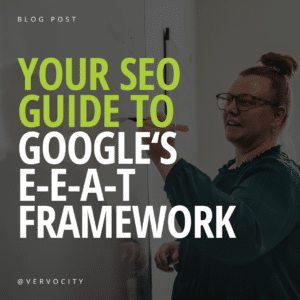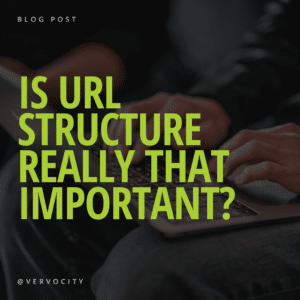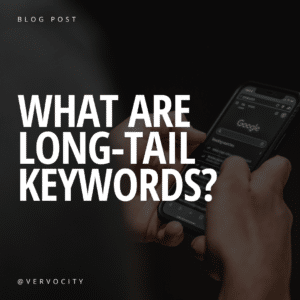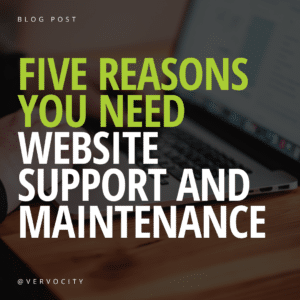Your website design could be preventing you from reaching everyone in your target audience.
In this blog, we’ll cover why accessibility is important, and ways you can make your website accessible to anyone.
THE IMPORTANCE OF AN ACCESSIBLE WEBSITE
An accessible website provides opportunities for anyone to access and understand your content, including those with disabilities. Both technical and design elements can create barriers that make it difficult for some people to access. For example, some people rely on screen readers to read aloud the content on your site. Without proper accessible elements, this audience will be left frustrated and confused.
Improving your website design not only provides easier accessibility, but it also improves the overall quality of your website. Screen readers crawl websites, much as search engines do. Making it easier for screen readers to crawl your site will in turn help your search engine optimization (SEO) efforts. A simple design and navigation bar allow everyone in your target audience to navigate and find what they’re looking for. Overall, improving your website’s accessibility benefits anyone who visits it.
Now that we’ve covered the importance of an accessible website, let’s take a look at the ways you can start improving accessibility.
Discover How You Can Make a Website Accessible to Anyone
- Use Headings to Organize Page Content – Use heading tags (<H1>, <H2>, <H3>, etc.) in the correct order to help guide the screen reader to understand the structure of your content. <H1> should be the main heading of the page and should only be used once. <H2> would be subheadings of the main page title. <H3> would be used for subsections of those subheadings. Avoid skipping header levels or using them out of order.
- Include Descriptive Alt Text for Images – Images should include alternative text (alt text) in the code for screen readers to use to read aloud the information on the page. This alt text should provide a description of the visual image. Doing this provides descriptive information for the appearance of the photo or graphic when it cannot be physically seen.
- Describe and Highlight Links – Hyperlinks within your content should provide the screen reader with descriptive text to tell them where the link is directing the site visitor. For instance, instead of the link saying ‘click here’, the link should read ‘learn more about web accessibility’. Best practice is to also underline links and make the text color different from the regular text to help them stand out.
- Use Color with Care – Provide good contrast between text and background colors to ensure readability by visitors with visual disabilities. Stacking colors that are too much alike can affect people’s ability to read and obtain the information. For example, avoid overlaying light green text on a lime colored background. Examine your brand’s color guidelines for color contrast, and avoid using color combinations that are distracting or cause unnecessary eye strain.
- Provide Captions for Videos – Captions or transcripts are text alternatives for the audio content on videos and should synchronize to your video. These captions provide the content for those users that don’t have access to audio so they don’t miss your message. You can use YouTube to host your video and provide closed captions that can be turned on and off by the user.










